Year: 2016
March 31, 2016


I’ve just released fifty new images from my recent trip to Death Valley, including “Dunes of Nude No. 146” above
They are included in my April 1st, 2016 Newsletter
Are you subscribed? If not, you can sign up here:
http://www.colethompsonphotography.com/NewsletterSignup.htm
Cole
March 25, 2016

From the New Camera News (http://newcameranews.com/2015/04/01/shocking-nikon-canon-to-end-camera-development/)
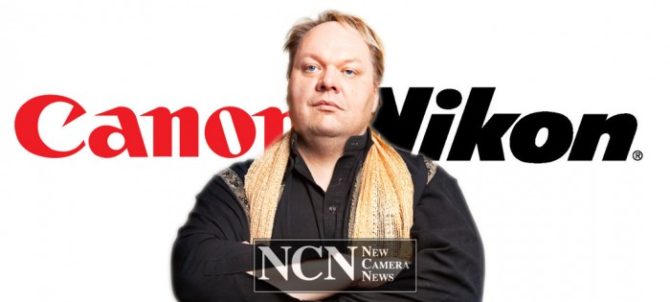
In a rare joint statement, industry giants Canon and Nikon have announced that both companies will cease all camera development, effective immediately. At a hastily arranged press conference both Nikon and Canon stressed that they are not getting out of the camera business per se, but rather will continue with their existing product lines for the foreseeable future “and quite possibly forever.”
When asked why the two companies were making such a radical decision, Canon said, “Hey listen, our current camera lineup is good enough. As a matter of fact, internal research has shown that our cameras are better and more capable than 99% of the people that own them. With data like this, the only logical thing to do is to stop improving our cameras until our owners become better photographers.”
“That’s so true!” Nikon interjected. “For years we have peddled this notion that the only thing keeping you from becoming a ‘professional’ photographer was access to the latest and greatest gear. ‘Buy this new camera!’, ‘Buy this new lens!’ we’d say in our advertising, ‘and you’ll take better photos immediately!’ Great food photos. Great puppy photos. Great photos of a perky young Japanese lady near a cherry blossom or by a water fountain or something quintessentially Japanese. But deep down inside we knew that you were just going to be the same crappy photographer you’ve always been but with more megapickles.” After reflecting for a moment, Nikon added, “It feels so good to say this. To finally get this off our prism.”
“You feel good?” Nikon asked Canon.
“Wow. Better than I’ve felt in decades.” Canon replied.
“You wanna go get a beer?”
“Sure.”
March 6, 2016
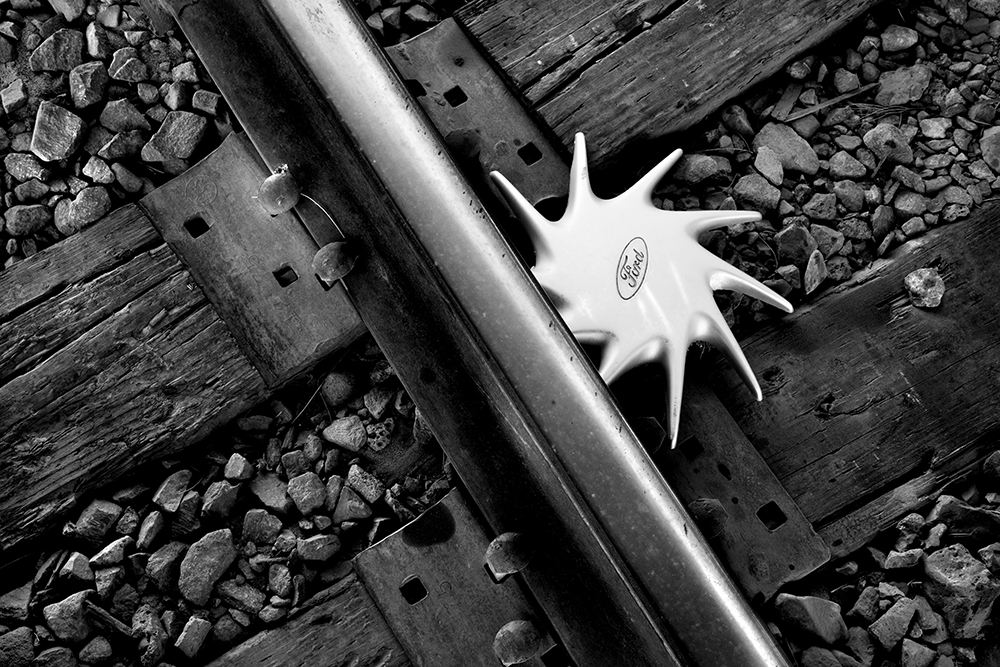
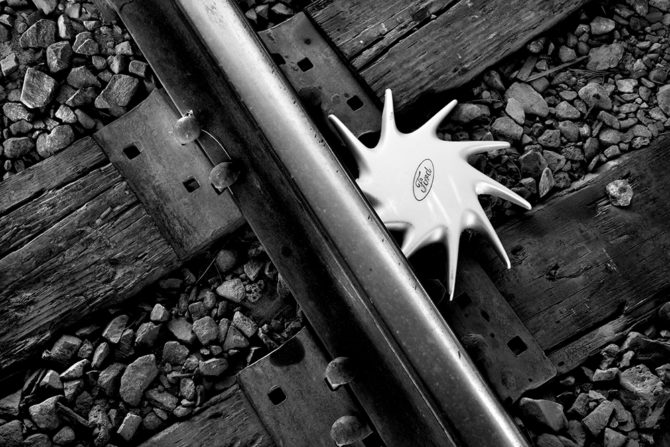
Urban Starfish
My philosophy is: Don’t. Ever. Never.
Why? Because my opinion, no matter how well intentioned or experienced, is bound to miss the mark.
Why? Because my advice comes from my point of view, my Vision and my definition of success.
Not yours.
If I really want to help someone, I’ll offer encouragement instead of advice. If I do comment I’ll say only positive things and qualify my comments with a “what I like about this image is…”
I’ll never tell another person what they should have done or what I would have done with the image. This is not useful, no matter how well intentioned I am.
If the person presses me for an opinion, then I’ll simply say: What I think is unimportant. What do you think of the image? How well does it express your vision?
Generally I find that a person asking for an opinion does so because they have not yet found their Vision. This now opens the door to talking to them about the importance of Vision as the driving force behind an image and not relying on the opinions of others.
And above all else I try to be kind and encouraging. I try to remember that each person is on the same path as I am. Today they may be behind me on that path, but tomorrow they could be ahead of me.
That’s a great reason to treat each person as I would like to be treated: as one who has tremendous creative potential and is seeking to find their Vision.
Cole
February 26, 2016

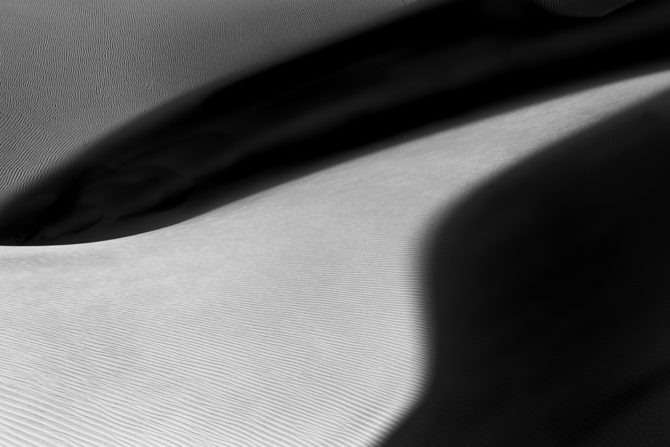
Dunes of Nude No. 119 (from my recent Death Valley trip)
Last week I asked the following question:
Someone is looking at your work and says: tell me about your Vision.
How do you respond?
Here’s my response:
When you look at my images, you are seeing my Vision.
Why use inadequate words to describe my Vision when the image says everything?
~ ~ ~
Only once in my life have I tried to put my Vision into words: a friend, blind from birth, asked me to describe my work and Vision to her. I asked how could I describe things which she had never seen? She said that she created mental images based on my descriptions. I’ve always wondered what my images looked like to her.
~ ~ ~
I enjoyed everyone’s comments and could see that semantics, different perspectives and honest differences of opinion were all in evidence. May I offer my viewpoint?
Vision can be elusive and hard to discover, yet I believe it to be an incredibly simple concept:
Vision is simply how I see things, based on my life experiences.
Because we’ve all had different life experiences, we all have different Visions. But everyone has a Vision!
Vision is much different than a look or a style. And once you start following your Vision, your work will not all start looking the same. Vision transcends a look, a style and techniques.

Vision is expressed through our images and unlike Harvey the Pooka, your Vision can be seen by everyone (you have to be over 50 or a movie buff to get the reference).
Vision is the most important ingredient in your image, it’s what makes it unique and “yours.” It is more important than your camera, lens, process or any piece of software that you use. And no amount of technical perfection, unusual technique or unique subject matter can compensate for a lack of Vision.
An image without a Vision is just a…well, just a picture.
Cole
February 20, 2016
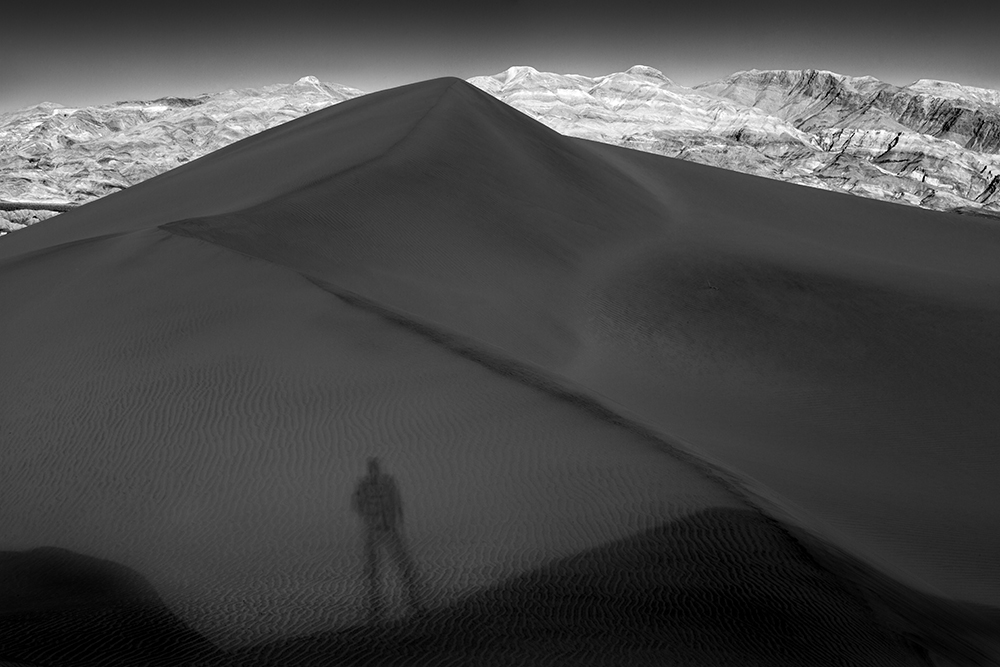
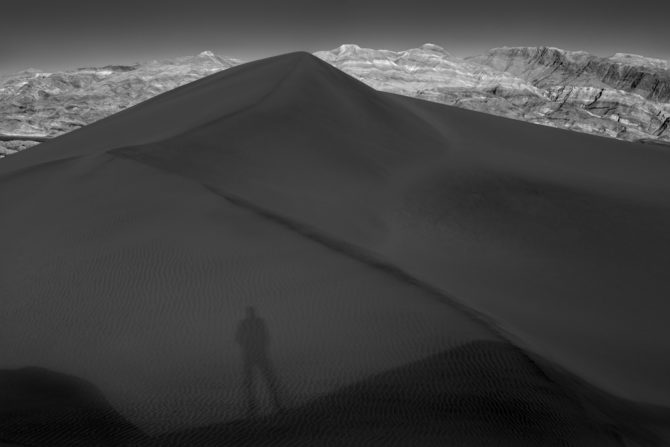
Someone is looking at your work and says: tell me about your Vision.
How do you respond?
February 12, 2016
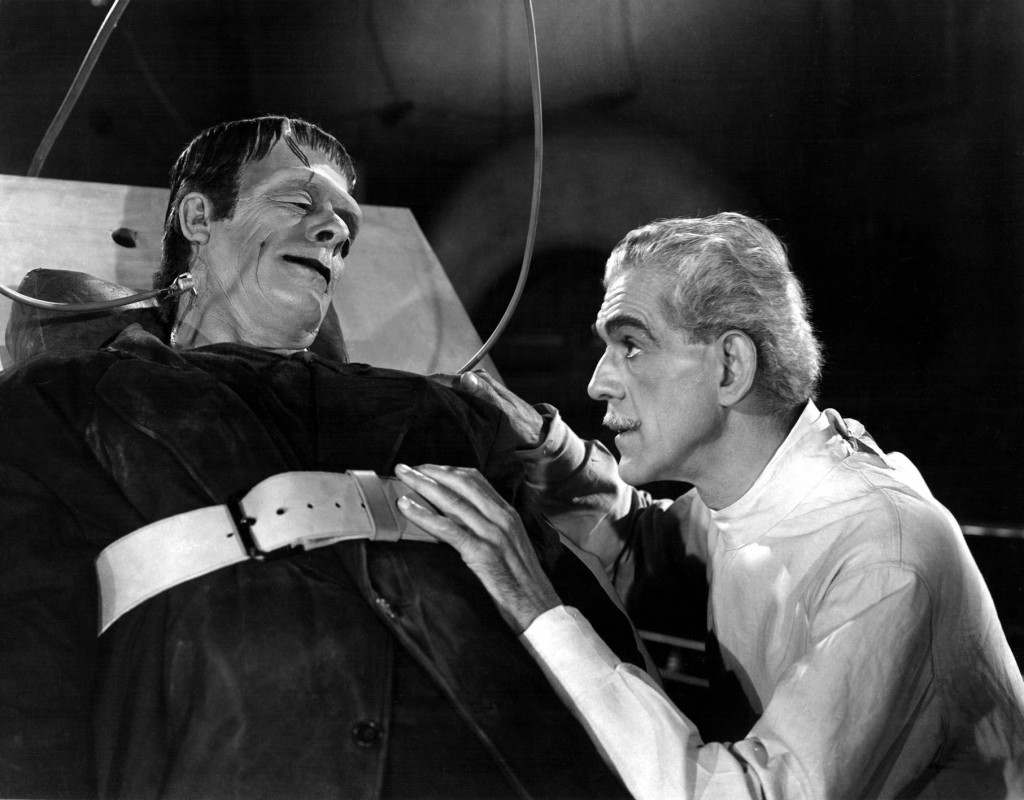
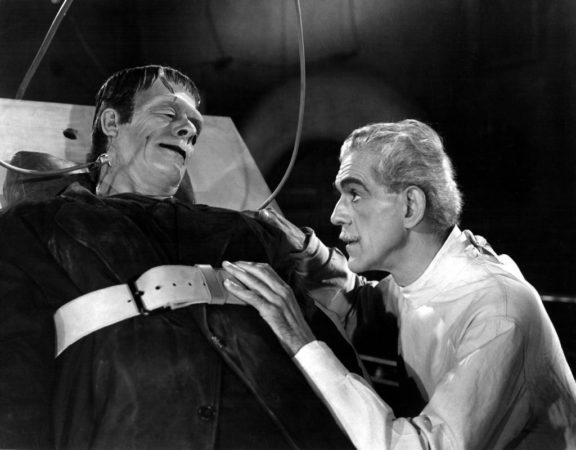
The images on my dead memory card are ALIVE!
All of them were successfully recovered thanks to Disk Doctors (www.DiskDoctors.com). They were fast and communicated with me daily during the recovery process.
After seeing the recovered images, I am so grateful that I chose to save them. Yes, it was expensive ($750) but that was much less than the other companies wanted and most importantly, I had a lot of good images on the card!
Here’s one of the images that I’m working on:
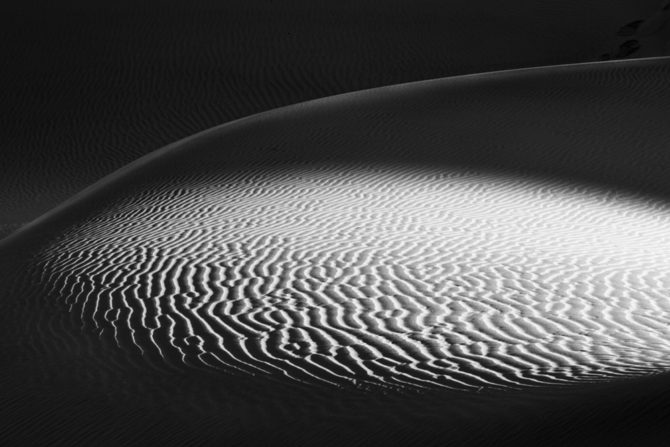
February 4, 2016
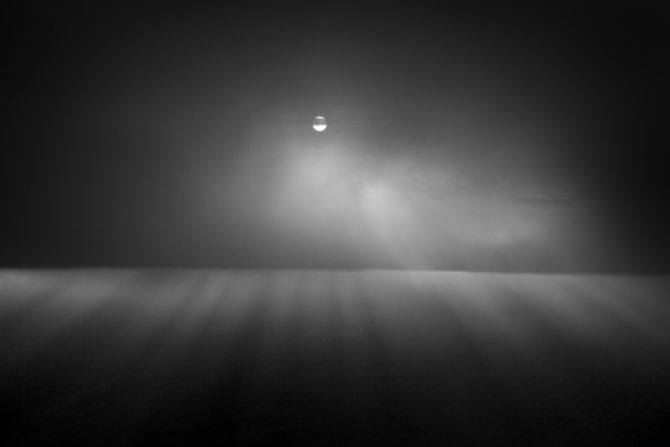
Beneath the Clouds – Dante’s View, Death Valley
The wonderful thing about hard lessons is that they create such strong and lasting convictions.
A couple of years ago on my annual Death Valley trip I was using my new Canon 5D Mk III and had hastily set it up before leaving on the journey. When I got home I realized that I had been recording in B&W JPEG mode and not in Color RAW mode. That was a very hard lesson because I lost many of the images and the remaining ones were not “what they should have been.”
And now Death Valley has once again been the location for another hard lesson.
My Mk III has two card slots and I have always set the camera to write to both cards simultaneously, using the second card as a backup. But after years of never having a card failure, I switched the camera to record to only one card.
Ironically I made that change on this trip and as fate would have it, the card died mid-trip.
I could not read the card with the camera and I could not read it with the computer. Windows could not even see the card (never a good sign) and I tried using three different recovery programs on it…without success.
So I started calling around to disk recovery services and after hearing prices as high as $2000 to recover the images, I finally went with a company that charged $650 and only if they successfully recovered the data. That’s a lot of money for some images, but after all the time and money I had spent on this three week journey, it is worth it to me.
The company was able to recover some of the images and the card is on the way back to me. Soon I’ll know how many of my images were saved. The image above and about 25 other dune images were captured on my second card, the one that should have been a backup of my data.
I’m always lecturing my kids that decisions shouldn’t be based on probabilities, but rather on consequences. The probability of a card failing is very low, in fact I’ve never had it happen once since I started using digital in 2004. But the consequences are high “if” it fails (some say “when” it fails).
The probability of my card failing was low, but the consequences were high.
The lesson learned? Write to both cards even if there is only a one in a million chance that the card will fail.
Cole
January 28, 2016
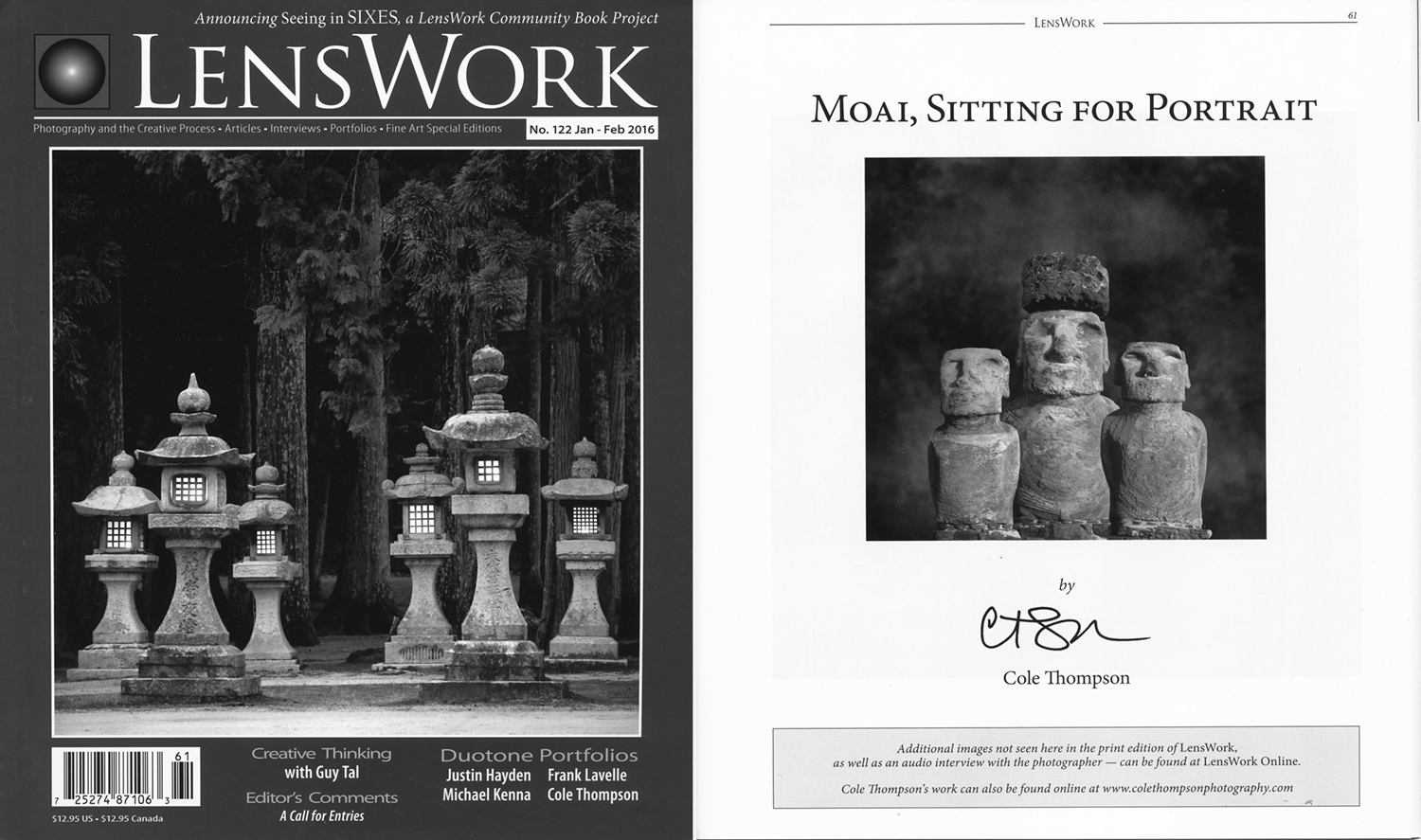

I’m honored to have my portfolio “Moai, Sitting for Portrait” featured in the January/February 2016 issue of LensWork.
This is my fifth body of work to be featured and I’m very proud of that because I consider this to be the highest honor my work could receive. I respect this publication very much.
If you’re not familiar with LensWork, it is in my opinion the finest black and white publication available. The quality of the photography is matched only by the quality of the printing. It is simply worlds above any other magazine.
You can subscribe to LensWork or pick up a copy at Barnes and Noble. If you’d like a signed copy, I’d be happy to send you one for $10.
Cole
